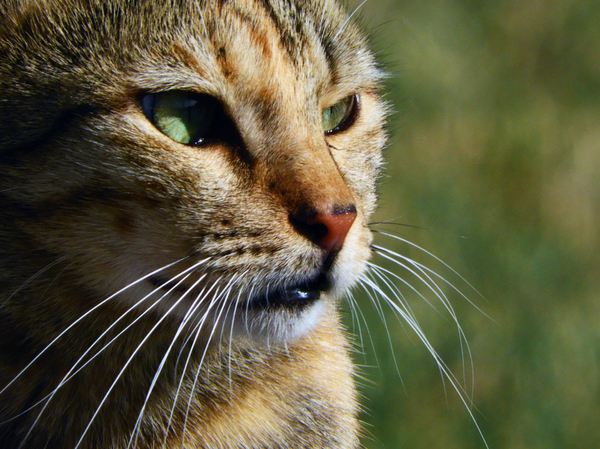Eliminating Misconceptions About Cat Litter and Feline Health
Eliminating Misconceptions About Cat Litter and Feline Health
Blog Article

Cat litter and litter boxes play a critical function in the lives of both cats and their owners. From the humble beginnings of sand and soil to the ingenious improvements of today, the world of cat litter has developed considerably. In this detailed guide, we look into every element of cat litter and litter boxes, exploring their history, types, advantages, challenges, and whatever in between.
The history of cat litter dates back centuries, with ancient civilizations utilizing sand, soil, and even ashes as primitive litter materials. Nevertheless, it wasn't till the mid-20th century that modern-day cat litter as we understand it emerged. In 1947, Edward copyright introduced the world's very first business cat litter made from absorbent clay, revolutionizing the way cats relieved themselves indoors. Since then, cat litter has actually gone through many improvements, with the intro of clumping litter, silica gel litter, eco-friendly alternatives, and more.
Today, feline owners are spoiled for choice when it comes to selecting the right litter for their feline buddies. Standard clay litter stays popular for its cost and effectiveness in absorbing odors. Clumping litter, which forms strong clumps when wet, streamlines cleansing and maintenance. Silica gel litter, composed of highly absorbent silica crystals, uses exceptional odor control and longevity. Biodegradable alternatives, such as recycled paper, wood pellets, corn, and wheat, interest environmentally conscious customers.
Each kind of cat litter provides unique advantages. Clay litter stands out in its capability to take in moisture and control smells, making it a trusted option for numerous cat owners. Clumping litter streamlines everyday scooping and extends the time in between total litter changes. Silica gel litter supplies remarkable odor control and can last longer in between replacements. Naturally degradable litters offer a sustainable option that lessens environmental effect.
While cat litter improves indoor feline hygiene, it is not without its obstacles. Dust from clay litter can present respiratory threats for both cats and humans, triggering the popularity of dust-free options. Some cats might develop litter box hostility due to problems with texture, aroma, or tidiness, necessitating experimentation with various litters and box configurations. Multi-cat families may need strategic litter box positioning and frequent upkeep to prevent territorial disputes and guarantee all cats have access to tidy facilities.
Choosing the appropriate litter box is vital for EcoFriendly Litter Boxes promoting positive litter box routines and overall feline well-being. Aspects to think about include size, availability, and design choices. Covered litter boxes provide personal privacy and aid include odors, however some cats might discover them confining or frightening. Open-top litter boxes offer simple access and exposure however may lead to more litter scatter. Automatic self-cleaning litter boxes enhance upkeep but need routine monitoring and maintenance.
Proper litter box maintenance is important for ensuring a clean and welcoming environment for both cats and their owners. Daily scooping gets rid of waste immediately, minimizing odor and dissuading litter box aversion. Routine litter replacement, normally every 1-2 weeks, prevents bacterial buildup and keeps optimal absorbency. Comprehensive cleansing with moderate detergent and water, preventing extreme chemicals that may prevent felines from using package, need to be performed cat litter box enclosure monthly.
Cat litter and litter boxes play a main function in fostering a healthy and harmonious relationship between felines and their human companions. With a diverse variety of litter alternatives and litter box designs available, feline owners have the versatility to customize their choices to suit their cats' choices and family requirements. By comprehending the evolution, Litter Box Liners types, benefits, and challenges of cat litter and litter boxes, family pet owners can supply their feline friends with a comfortable and hygienic indoor environment.